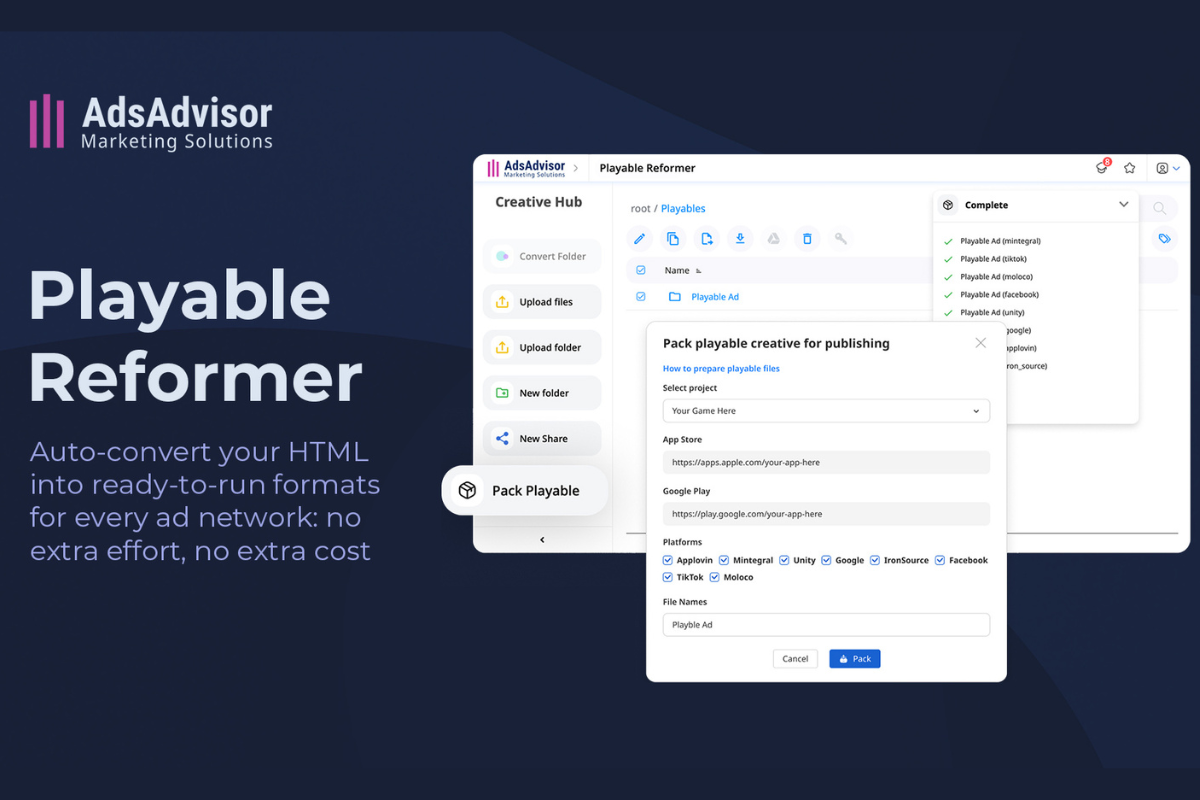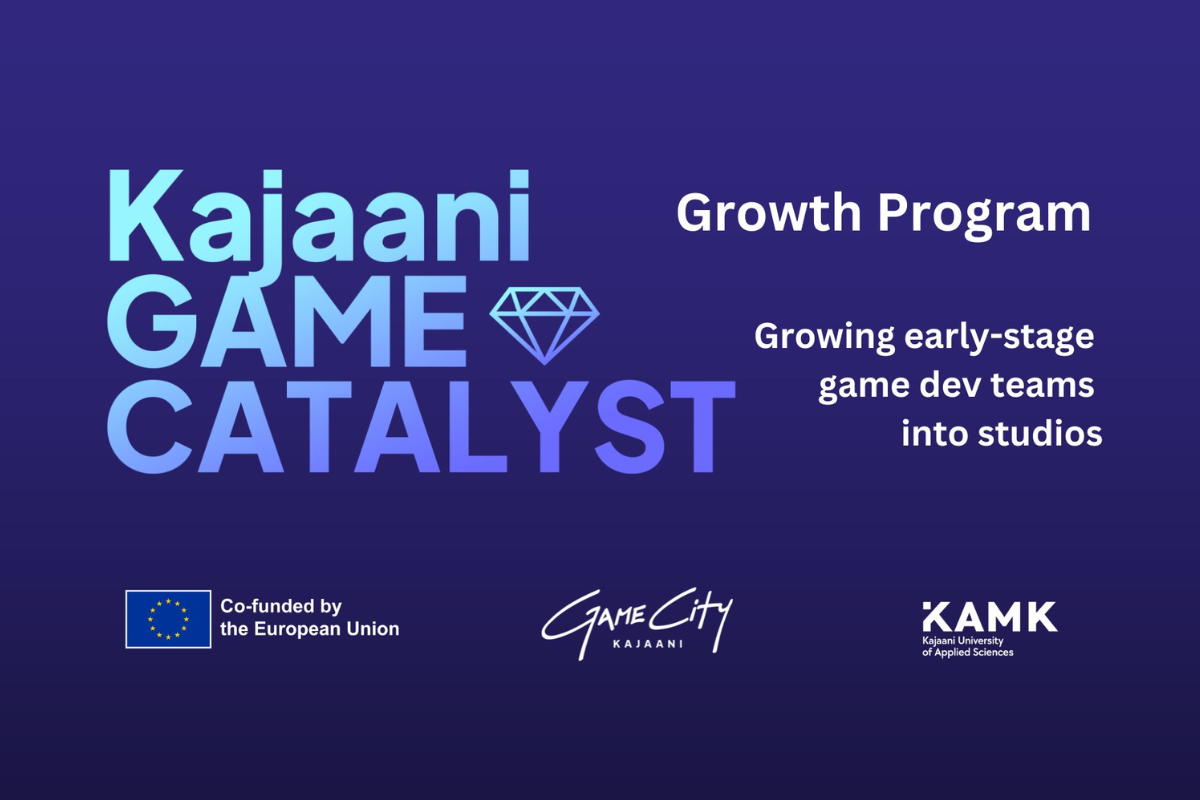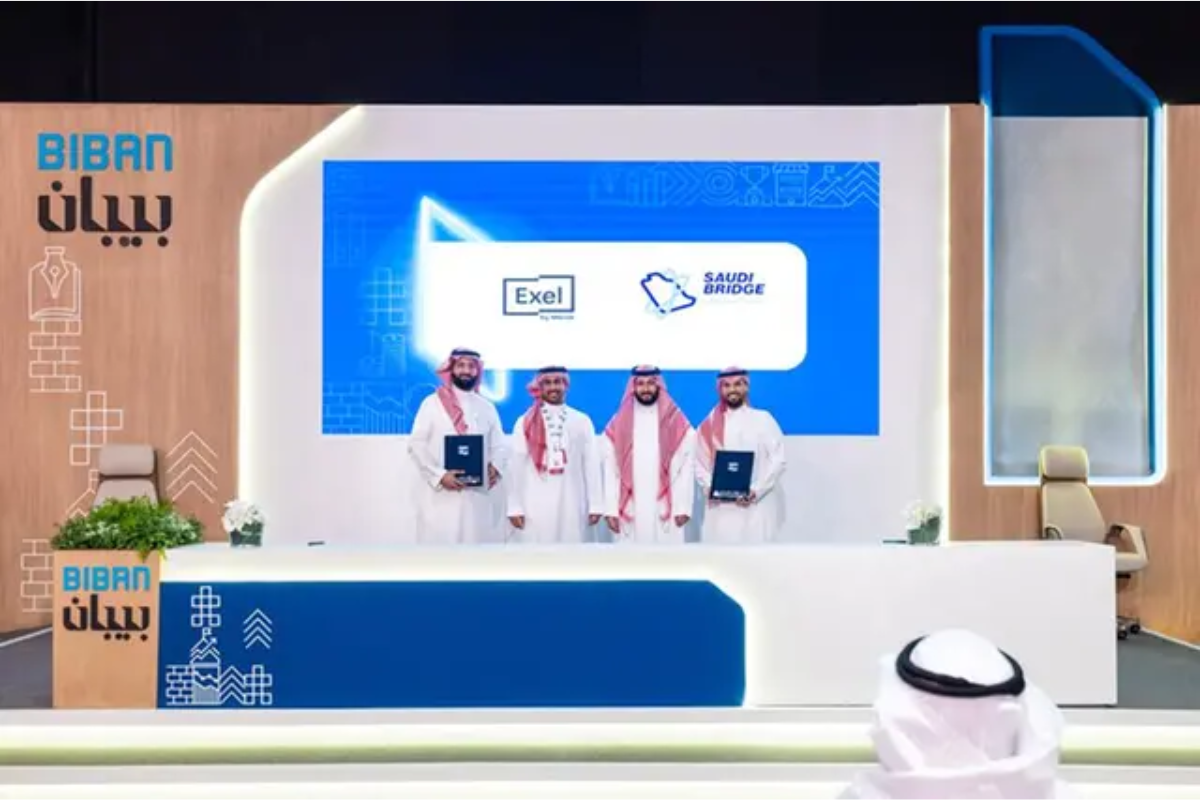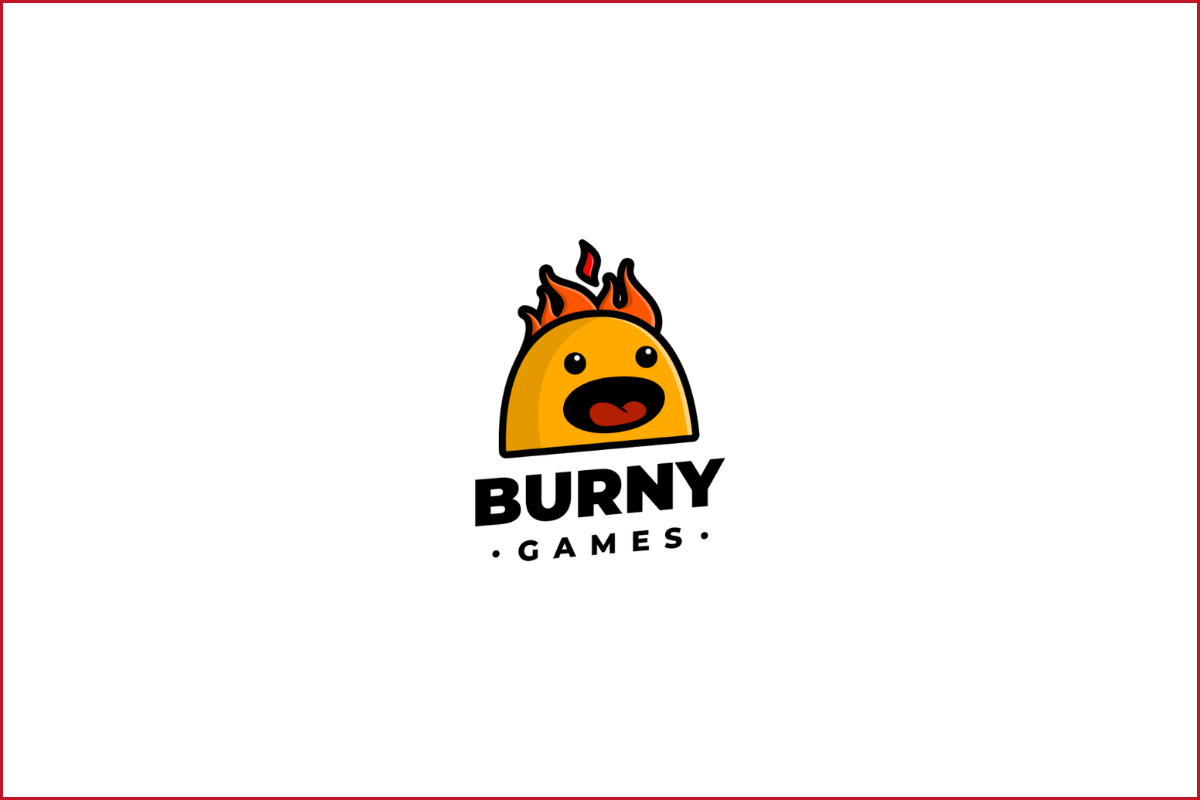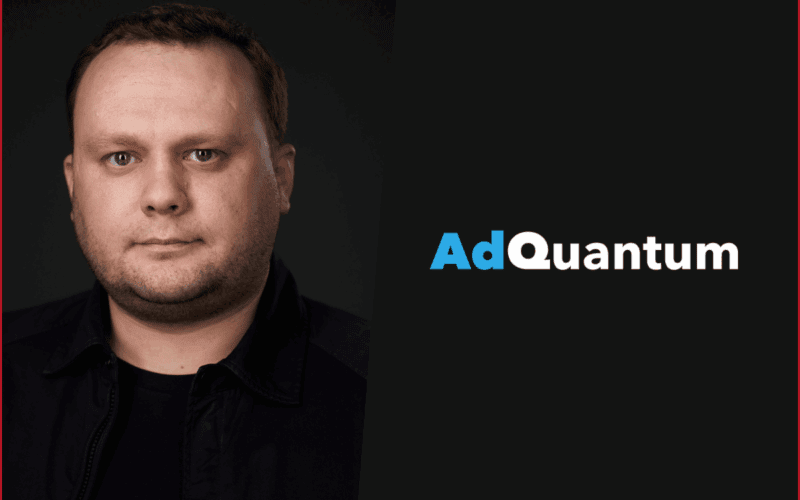Creative ads have long been the backbone of the mobile games industry—and that’s not likely to change anytime soon. But how are they evolving, and what’s actually working in 2025 and beyond?
We spoke with Ivan Razmakhov, AdQuantum’s Creative Production Director, to get his insights on creative ads in 2025 and beyond.
What are the most important creative elements that make a mobile game ad perform well in today’s competitive landscape?
Honestly, it’s really hard to choose just one key element, both in terms of ideas and visuals, because a successful creative is a complex product.
Still, if I had to highlight the most important aspects, I would choose the hook and the first three seconds of attention. If the hook doesn’t work, the viewer won’t see anything else. This is at the top of my personal list.
The other two spots go to platform-native adaptation and visual clarity that aligns with modern trends. For example, TikTok has transformed the rules of editing, and now videos with quick and clear scenes capture viewers’ attention. That’s why in modern ads, it’s crucial to implement fast cuts that last just 1-2 seconds in your creative to capture the viewer’s focus.

How do you approach creating different formats like AIGC, cinematic, and playable ads, and what makes each particularly effective in capturing user attention?
We choose the type of creative based on our goals, platforms, and resources. For example, AIGC works well because they are easy to make, cheap, and allows us to test ideas very quickly. They are also very flexible, whether it’s changing the visual style or even the entire storyline. They’re great for A/B testing, too.
Playable ads are also beneficial for A/B testing, as you can easily modify various details. However, the real strength of playables lies in their interactivity. By letting users actually participate, rather than just watch, it’s much easier to give them a feeling of satisfaction from playing and sell the game. However, playable ads aren’t cheap, so each test should be well-planned and thought out.
Cinematics are great for midcore games, where the story matters. They work well for announcing events or introducing the game world and characters. The visuals are essential for cinematic ads, so casual or hyper-casual game styles won’t fit.

What are your top tips for designing playable ads that actually drive installs and deliver a smooth user experience?
As I mentioned before, having a good hook is crucial. The user should immediately understand what to do, and the mechanics should be simple and intuitive. This is one of the key rules for a good playable ad. Of course, game designers spend a lot of time polishing the mechanics, but here, it’s important to show only the best in just 15 seconds and with a limited number of clicks.
The design needs to be clean and clear. You need to catch the user’s attention on a small phone screen, so there’s no room for unnecessary details. During the creative development stage, think about all possible user actions, like win/fail screens, loading screens, or what happens if the user tries to do something unexpected. The switch to the app store should be smooth, so you don’t scare off the user after you’ve already caught their interest.
Factors such as the size of the playable ad and bugs are critical. Before launching, make sure to test the playable ad on lower-end devices. And, of course, analyze the results, such as user heat maps. Playable ads can give you a lot of valuable data that, when analyzed, will definitely pay off.
Can you share a recent success story from working with a top-tier game studio, and what creative strategies drove those results?
I wouldn’t want to name the studio or the title, but in brief, it was a midcore shooter set during World War II. The goal was to scale the campaign while keeping the CPI steady and boosting retention.
First, we changed the narrative of the creatives. Instead of just showing gameplay, we added personal stories of soldiers during historical events, such as D-Day, creating backstories and telling the story through narrative. We tapped into empathy and drama, universal themes that resonate across cultures, which is why it worked so well.
UGC creatives performed really well. I’m still proud of a creative where a blogger discussed the setting with his grandfather, who personally participated in the historical event, combined with gameplay footage.
Second, we also collaborated with military-themed bloggers and historical reenactors to make authentic creatives and added ironic sketches on TikTok. As a result, these creatives delivered a CPI 40% lower than that of our competitor’s creatives.
Third, we reimagined traditional midcore mechanics – like choosing character classes – by connecting them to personal stories. For example, a sniper covering a retreating squad or an explosives expert stopping an enemy assault. We then added a call to action: ‘Who will you choose?’
In the end, we achieved a CPI reduction of 25%, a TikTok CTR of up to 3%, and significantly boosted day-one retention by around 20%.

What have you learned from scaling campaigns for major titles that smaller studios could apply?
At the start of a campaign, there is often no clear product-market fit or proven creatives, so it’s essential not to chase volume, but to find the right creative. After that, powerful testing with variations can begin, where quantity outweighs quality and, of course, expensive creatives. Depending on the platform, good creatives burn out quickly, so it’s necessary to have a steady flow of new ones.
If you don’t have in-house production, AI tools can be helpful, but I recommend working with performance agencies like AdQuantum. Agencies already have expertise in the niche and knowledge of the platforms. It’s obvious, but I’ll mention it anyway: what works on Meta won’t work on TikTok, and vice versa. And of course, agencies have in-house production focused on both the quantity and quality of creatives.
Finally, I’d recommend focusing on traffic quality rather than CPI. There are many cases where a creative might offer a low CPI, but the day-1 retention rate is under 15%, which can almost kill the campaign.
To sum up, for beginners, I recommend working with agencies, as it can save you money and let you focus on the product while leaving marketing to the professionals.
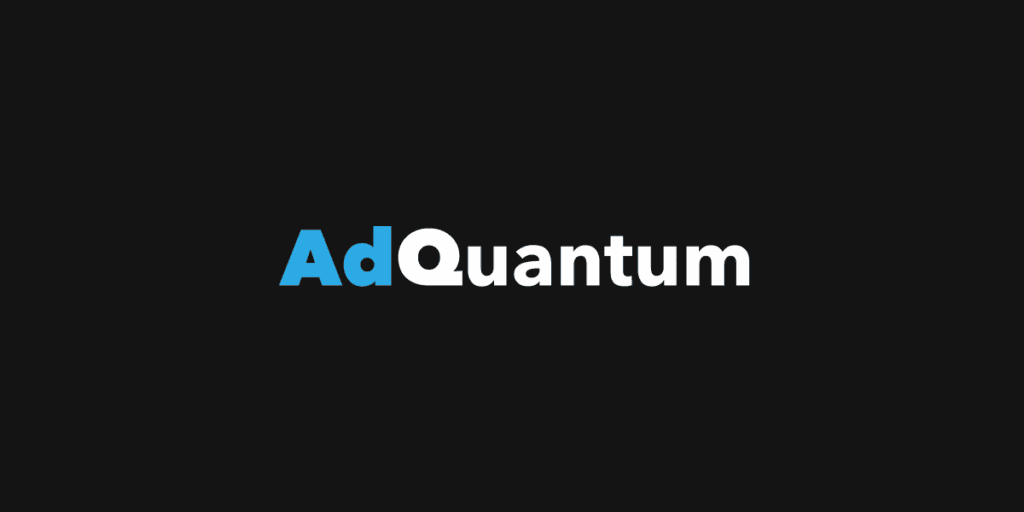
Which creative formats or stylistic trends are currently driving strong engagement across different game genres?
I wouldn’t say there are any major changes.
- In hyper-casual and puzzle games, text hooks, fail gameplay, and UGC reactions still work.
- In match-3 games, drama like “he dumped me – I’ll build a house” and before/after with interiors remain effective.
- Midcore games continue to perform well with cinematic trailers, skill-based progression (from noob to god), and character/weapons presentation.
If I had to highlight any trends, they’re more general than specific. I’m noticing a lot of live-action creatives, but with bigger budgets and TikTok-style editing, the widespread use of AI in everything from photorealism to intentional visual instability (the latter works well for Gen Z), and the tone of voice is shifting to a more conversational style (memes, ironic visuals). I’m really curious about where the current trend toward brain rot will lead us and how it will show up in mobile marketing.
How do you see the role of AI evolving in ad production and performance marketing in the next few years?
I doubt AI will replace creators and production specialists in the near future, but it will definitely become a go-to assistant for anyone working on creatives. Quick concepts, voiceovers, editing key points – these can already be done with minimal human involvement, but you still need a person for the final touch.
AI has already changed the game, including the visual aesthetic. In the early stages, AI-generated creatives tried to look like regular shoots, but now they’re moving towards their own unique style and aesthetic. Quick concepts, voiceovers, and editing key moments – these can already be done with minimal human intervention, but it’s still not perfect without human input.
I also think that AI will eventually turn into a super app capable of creating full creatives out of the box. We’re already seeing some solutions like this, but the execution is far from ideal. Currently, even a basic production team remains a step ahead of AI, and it works better for small studios, where, for example, a media buyer creates and uploads their own creatives.
Personally, I would love to see more in-depth audience analysis at the campaign launch stage. If I dream a little, I believe AI could evolve to perform micro-segmentation of creatives, customising one concept for different target audiences, taking into account gender, age, region, etc., as well as running A/B tests and generating variations based on the data. But it’s hard to imagine that humans will only handle strategy, and AI will take over all the other steps – we’ve already seen how AI has changed the game.
What upcoming changes or disruptions do you foresee shaping the mobile game ad landscape in 2025 and beyond?
Rather than emphasizing how AI has revolutionized the field, I’d say I expect that with the development of technology, AI creatives will dominate and take over routine tasks like localization and resizing. It’s likely that soon we’ll see many job openings for prompt engineers, and big players will have entire AI production teams.
If we put AI aside, I think platforms and major brands will strengthen their policy and tighten tracking, which will result in losing the ability to do precise retargeting and post-install analytics. This will lead to a shift towards contextual retargeting.
UGC and UGCAI creatives will continue to push out traditional CG creatives, so I expect closer collaboration with influencers in this space.
Playable ads will also keep growing. Based on insider insights, some platforms that didn’t have this feature are already testing interactive ads, so interactivity and frameworks should perform well.
It’s highly likely that many marketing teams will set up R&D departments. The market has always been rapidly changing, so the most flexible, curious, and open-minded products and agencies will win.

Ivan Razmakhov has been involved in digital marketing for over 10 years. He has held roles as a producer, creative director, and head of marketing production. Currently, he serves as the Creative Production Director at AdQuantum.

